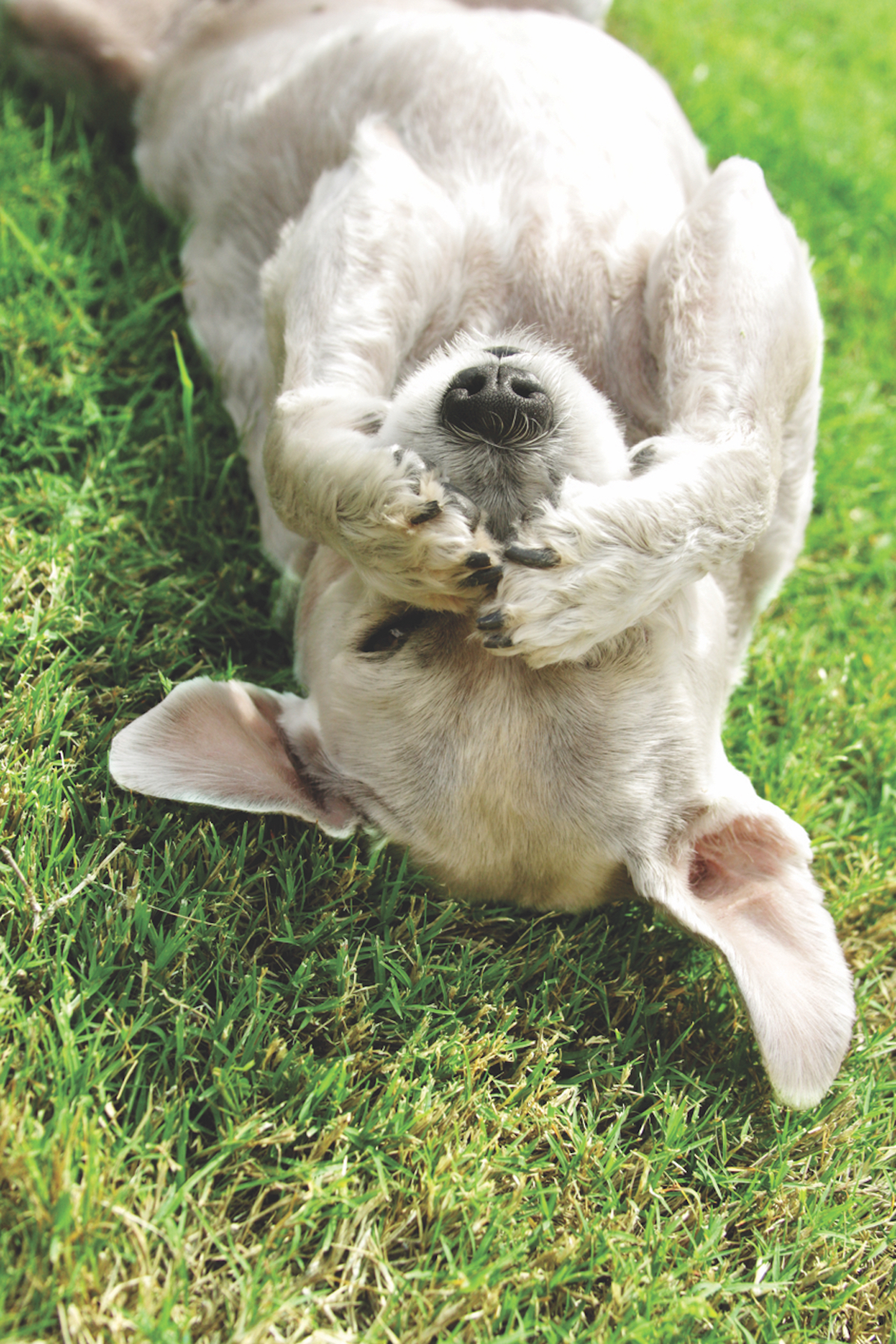By Tracie Korol
For years we have been encouraged to add fish oil to our diets and the diet’s of our Best Friends. The Omega-3 fatty acids help dogs with osteoarthritis, improving mobility and reducing inflammation and can reduce the risk of heart disease and cancer. Every retail outlet you visit these days has a section devoted to fish oil. My question: where is it all coming from? To be effective, fish oil should come from North Atlantic cold-water fish. There cannot be that many cold-water species in the North Sea to provide the millions of jars of encapsulated fish oil available in all the big box stores nationwide. Seems fishy to me.
The newest, and perhaps, more reliable nutritionally loaded oil is something you’ve probably been avoiding for years — either that, or you think it’s a suntan lotion. Yep, we’re talking about coconut oil. As an important ingredient in America’s processed foods for most of the 20th century, coconut oil is one of the world’s few saturated-fat vegetable oils. That designation alone gave it a terrible reputation and by the 1990’s it had all but disappeared from our food supply. The vegetable oils that replaced it caused more harm than coconut oil ever did and, consequently, coconut oil is enjoying a revival.
The one you want to get to know is the unrefined “virgin” oil that is made from fresh coconuts. (The other, usually labeled RDB — Refined, Bleached, Deodorized — is made from copra or dried coconut meat and then treated with chlorine and hexane to remove impurities. It is inexpensive, bland and odorless, usually labeled as a skin or hair care product.) You’ll most likely find the virgin, organic oil in a glass jar at a health food store or in the better oils section of the grocery. Depending on the temperature, coconut oil will be solid or liquid. Below 75 degrees it is solid and white; above that, it is a transparent liquid.
Most of coconut oil’s health benefits come from medium chain fatty acids, mainly lauric acid, caprylic acid and capric acid. This combination of goodies creates the same disease-fighting derivative monolaurin that babies get from mothers’ milk, while capric and caprylic acids are best known for their antifungal effects. Capric acid also balances insulin levels. While protecting the body against infection, they also are metabolized to provide an immediate source of fuel and energy, enhancing athletic performance and aiding weight loss.
While there have been no clinical trials on the effects of coconut oil in a dog’s diet, anecdotal evidence is impressive. Many reports involve beneficial results with itchy skin, cuts, wounds and ear problems. Dogs with flea allergies, contact dermatitis and/or dull coats typically stop scratching after coconut oil is added to their food. An added benefit, I noticed, was with a smelly dog friend of mine, Ramone. You know the kind of dog I mean — the one that smells like damp carpet all the time. Bathing Ramone was a waste of time and you had to change your clothes and wash your hands immediately after playing with him. Ramone’s owner began to routinely dribble the leftover coconut oil he used to cook breakfast eggs onto Ramone’s chow. In less than a month, Ramone and his owner enjoyed a stench-free life and Ramone could receive the daily body rubs he deserved.
The best way to give coconut oil is in small amounts throughout the day — a dab here and there, depending on the dog’s weight. I will “butter” a dog cookie with a scrape through a designated dog jar of coconut oil for a special treat in addition to stirring a spoonful into a meal. Like Ramone’s dad, the easiest way I’ve found is to fry something in coconut oil and then make a little extra for the dog du jour.
Of course, as with anything new, you’ll want to start small. Introduce a little coconut oil gradually a little at a time in divided doses — 1/4 tsp for a tiny dog up to a teaspoonful for a big dog. Because coconut oil kills harmful bacteria, viruses, parasites, yeasts and fungi, the burden of removing dead organisms may trigger symptoms of detoxification. Headaches, fatigue, diarrhea and flu-like symptoms are common in humans who consume too much too fast and the same can happen with dogs.
Try it. It’s tasty, sustainable and good for everyone.






